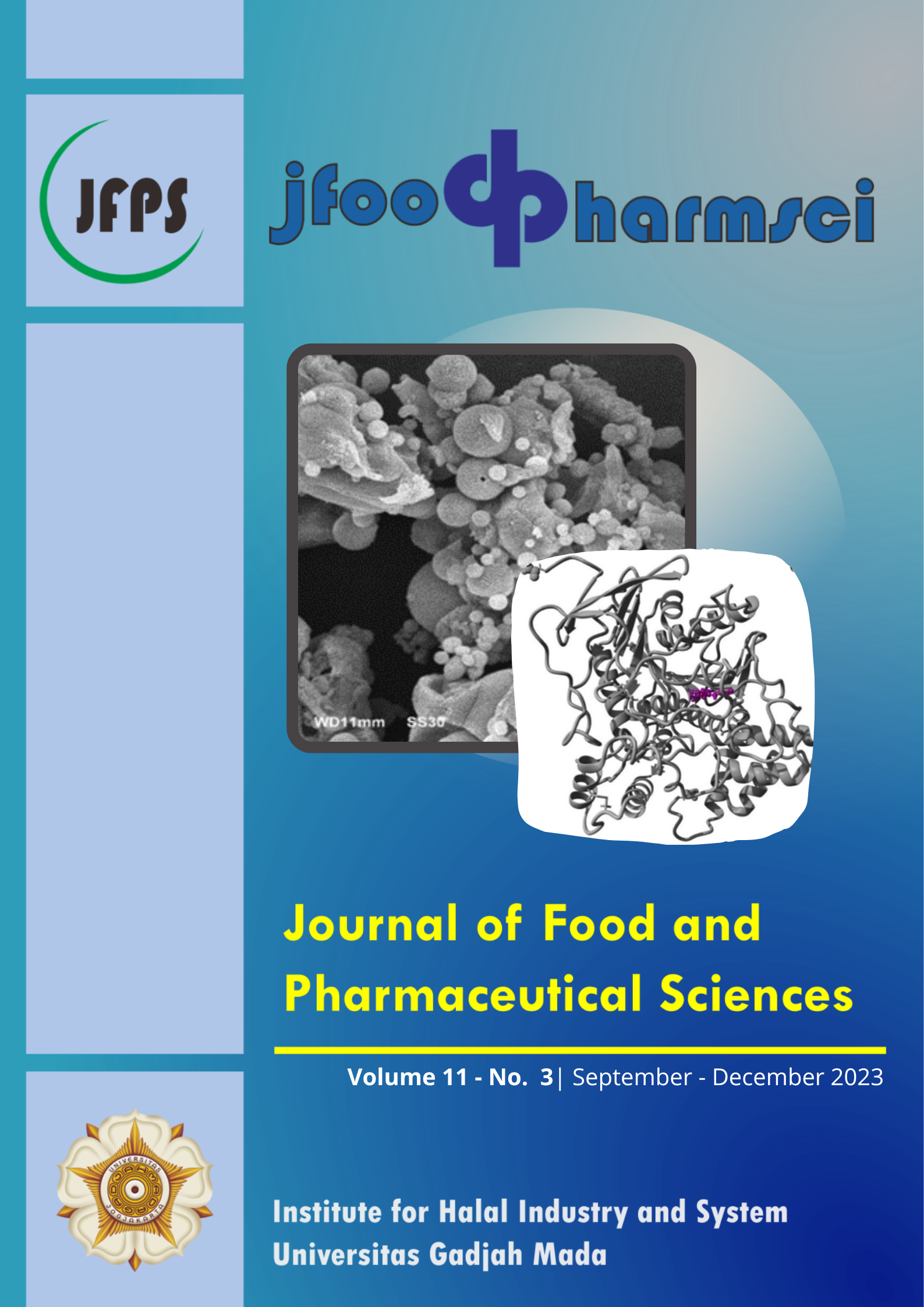DPPH Scavenging Activity, Reducing Power, and Metal Chelating Capacity of Compound 1-(2,5-dihydroxyphenyl)-3-pyridine-2-yl-propenone
Abstract
Background: The excessive free radicals in the body could stimulate oxidative stress which has been implicated in several diseases such as cancer, inflammation, aging, and cardiovascular diseases. The presence of antioxidants can diminish the reactivity of free radicals. The antioxidant defense system in the body may be insufficient thus intake of dietary antioxidants is recommended. Natural flavonoid such as chalcone has been known to exert several biological activities, especially antioxidant activity. Compound 1-(2,5-dihydroxyphenyl)-3-pyridine-2-yl-propenone was successfully synthesized using microwave radiation and several studies reported its biological activities such as antiinflammation, anticancer, and antibacterial activities. Those activities are thought to be related to antioxidant mechanisms. Therefore, this study aimed to evaluate its antioxidant activity. Methods: The antioxidant activities were performed with three different methods: DPPH scavenging activity, ferric reducing power, and metal chelating capacity. Results: 1-(2,5-dihydroxyphenyl)-3-pyridine-2-yl-propenone showed DPPH scavenging activity, ferric reducing power, and metal chelating capacity with IC50S values of 4,471 ± 0,052 μg/mL; 156.56 ± 4.42μg/mL; and 6,273 ± 0,025 μg/mL, respectively. Conclusions: Our results found that 1-(2,5-dihydroxyphenyl)-3-pyridine-2-yl-propenone had quite potent antioxidant activity.
































